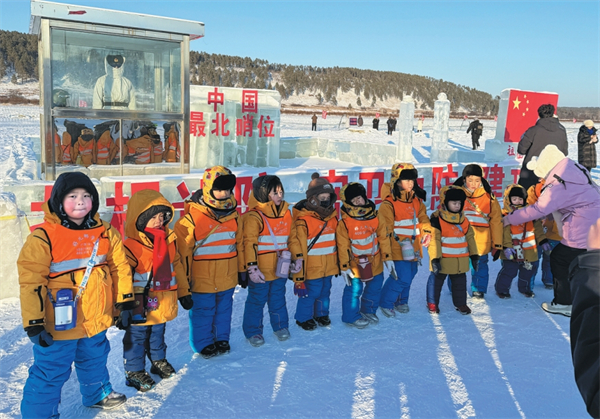Home>Harbin Today
Harbin city experiences huge development changes
Updated : 2021-06-16
By ( e.my399.com )
On Sept 4, 1996, the Songhua River area merged with the previous Harbin city to form the new Harbin city.
In doing so, the administrative divisions of Harbin became comprised of seven districts and 12 counties and county-level cities, adding Shuangcheng, Shangzhi and Wuchang cities, as well as Bayan, Mulan, Tonghe and Yanshou counties.
After the merger, Harbin became the largest provincial capital by land area in the country and the city with the largest total grain output in the country. It has the fifth-largest population in the country and the 15th-largest GDP in the country.
In February 2004, Harbin set up Songbei district and Hulan district and canceled Taiping district.
In May 2014, Harbin changed its administrative divisions again, with the cancelation of Shuangcheng city and the creation of Shuangcheng district.
Currently, Harbin governs nine districts: Daoli, Daowai, Nangang, Xiangfang, Pingfang, Songbei, Hulan, Acheng and Shuangcheng. It also oversees seven counties, namely Bayan, Binxian, Yilan, Yanshou, Mulan, Tonghe and Fangzheng, as well as two county-level cities – Wuchang and Shangzhi.
As of Nov 1, 2020, Harbin ha a population of 10 million.

Harbin ramps up childcare services
A new comprehensive service center for childcare in Harbin is expected to be finished by the end of the year.
-
Talent policies drive enterprise development in Harbin
Harbin's "30 New Talent Policies" represents an iterative upgrade to the talent policy system, helping attract and retain talent to bolster economic and social development.
-
Official website of 2025 Asian Winter Games goes live
Harbin, the host city of the 9th Asian Winter Games, has announced that the official website for the 2025 event has recently gone live.
-
Harbin launches measures to facilitate more foreign trade
In the first three quarters of 2023, the total import and export value of Heilongjiang province's goods trade hit 218.22 billion yuan.





